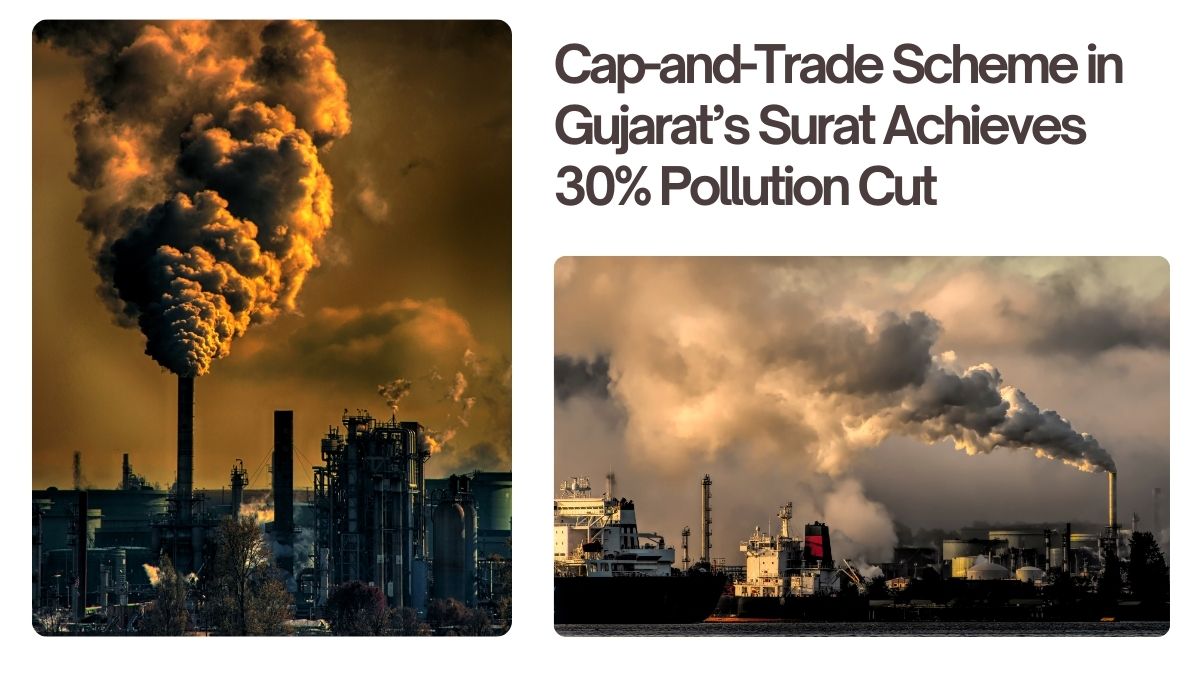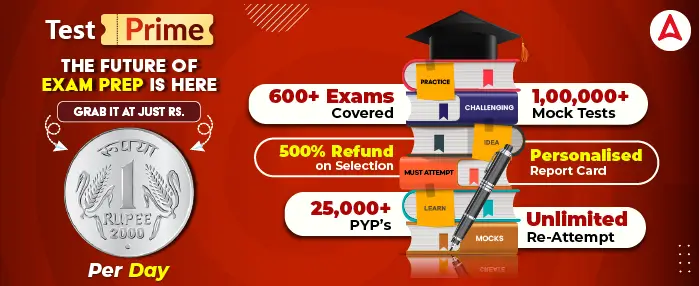A groundbreaking study, published in issue of The Quarterly Journal of Economics, has revealed that Surat’s cap-and-trade programme for particulate matter emissions has delivered significant environmental and economic benefits. This programme, launched in Gujarat’s industrial city of Surat, is the world’s first emissions trading scheme (ETS) for particulate matter and India’s first pollution trading system. The findings, based on a randomized controlled trial, show a substantial reduction in pollution levels, improved regulatory compliance, and decreased abatement costs, highlighting the viability of market-based approaches in low-state-capacity regions like India.
Key Highlights
About the Programme
- Location: Surat, Gujarat – major industrial hub.
- Initiated by: Gujarat Pollution Control Board (GPCB) with Energy Policy Institute, University of Chicago.
- Started in: September 2019.
- First of its kind: Globally for particulate matter (PM); India’s first pollution market.
Mechanism: How the Cap-and-Trade Works
- Plants install Continuous Emissions Monitoring Systems (CEMS) for real-time emissions data.
- Total emissions cap set for all 318 participating plants.
- Plants receive or buy emission permits, allowing them to emit a specific quantity of PM.
- 80% of permits were distributed free; 20% auctioned weekly.
- Non-compliance leads to financial penalties.
- Initial cap: 280 tonnes/month; later reduced to 170 tonnes/month.
Study Overview
- Duration: Sept 2019 – Apr 2021 (includes COVID lockdown period).
Researchers
- Michael Greenstone (University of Chicago)
- Rohini Pande & Nicholas Ryan (Yale University)
- Anant Sudarshan (University of Warwick)
- Method: Randomised Controlled Trial (RCT) with 317 plants
- 162 plants – ETS group
- 155 plants – Control group (command-and-control regulation)
Key Findings
- Emission reduction: 20–30% decrease in PM emissions by ETS plants.
Compliance
- 99% for ETS group
- 66% for control group.
- Cost-effectiveness: ETS plants spent 11% less on abatement.
- Environmental law compliance: Significantly improved.
- Cost-benefit ratio: Market-based approach’s benefits outweighed its costs by at least 25x.
Significance
- Proof of concept: Shows pollution markets can work even in low-state-capacity countries like India.
- Demonstrates the superiority of market mechanisms over traditional regulations.
- Offers a scalable model for other cities and countries facing similar pollution challenges.
| Summary/Static | Details |
| Why in the news? | Cap-and-Trade Scheme in Gujarat’s Surat Achieves 30% Pollution Cut |
| Programme Name | Surat Emissions Trading Scheme (ETS) |
| Pollutant Type | Particulate Matter (PM) |
| Launch Year | 2019 (Pilot) |
| Implemented by | GPCB + University of Chicago (EPIC) |
| Monitoring System | Continuous Emissions Monitoring System (CEMS) |
| Emission Cap | Initially 280 tonnes/month → Revised to 170 tonnes/month |
| Permit System | 80% free allocation, 20% auctioned |
| Trial Type | Randomised Controlled Trial |
| No. of Plants Participated | 162 (ETS), 155 (Control Group) |



 Top 10 Most Valuable Companies in the Wo...
Top 10 Most Valuable Companies in the Wo...
 Top 10 Air Defence Systems in the World ...
Top 10 Air Defence Systems in the World ...
 Asia Power Index 2025, India Ranks 3rd A...
Asia Power Index 2025, India Ranks 3rd A...







